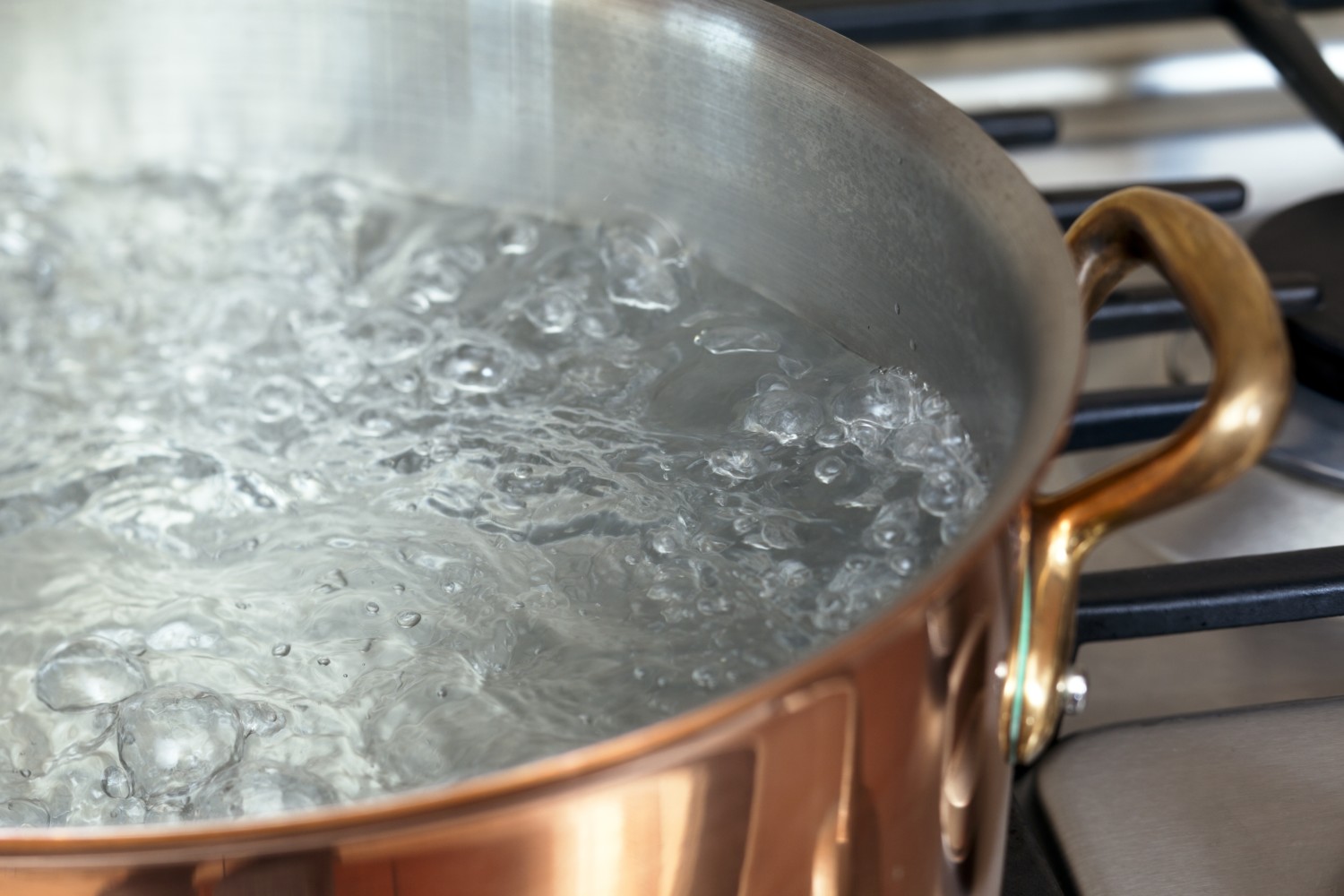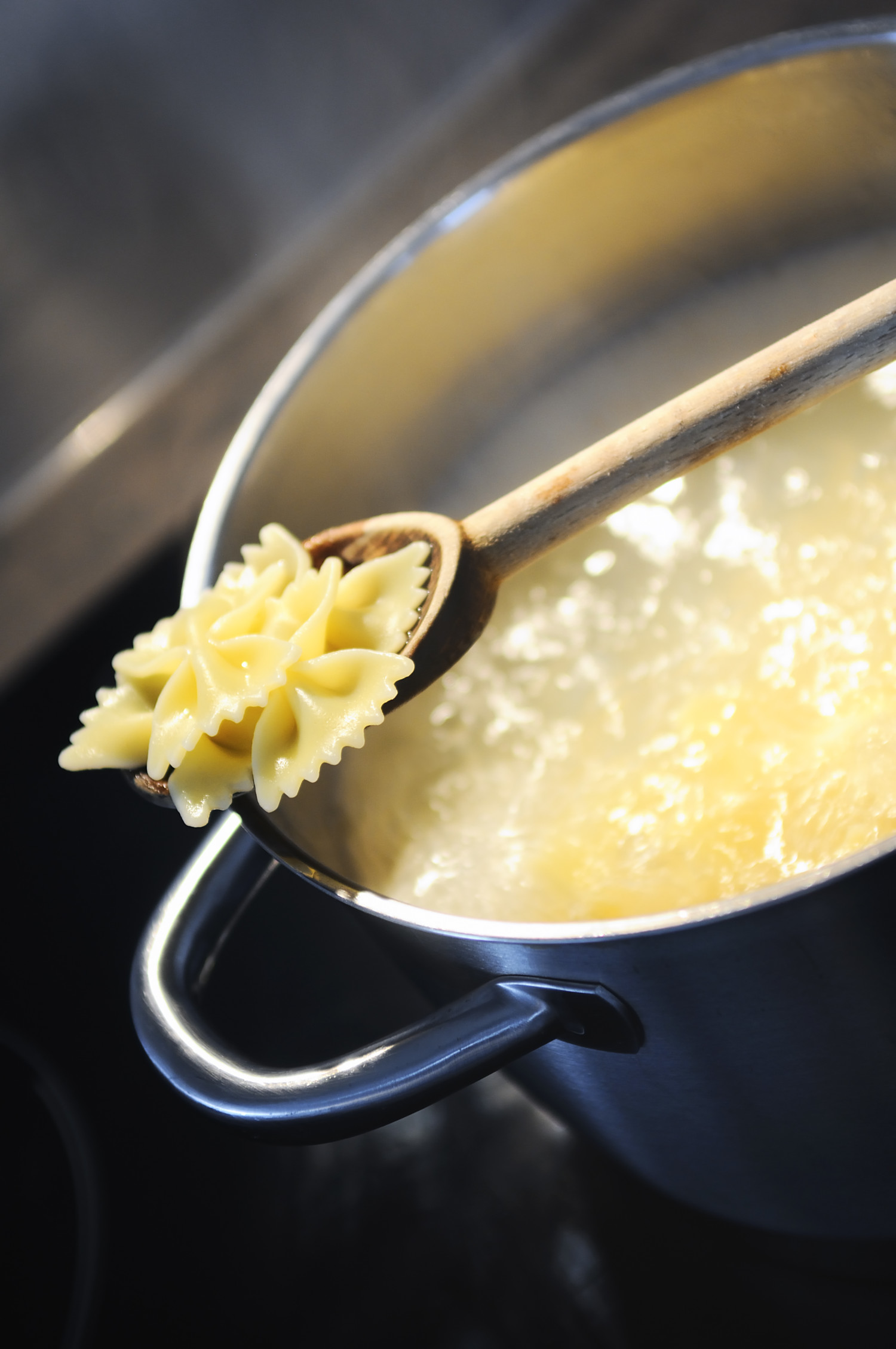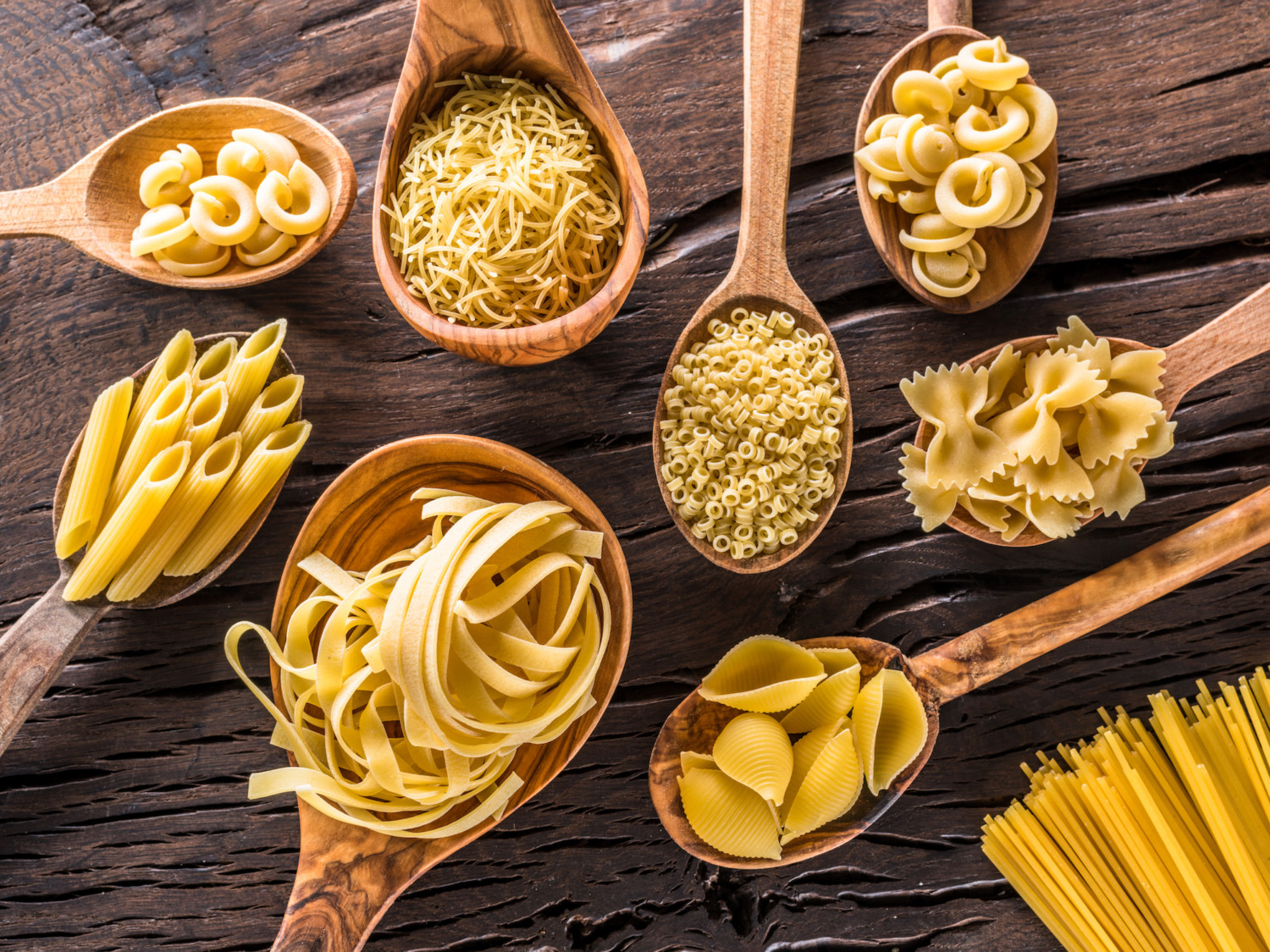The products and services mentioned below were selected independent of sales and advertising. However, Simplemost may receive a small commission from the purchase of any products or services through an affiliate link to the retailer's website.
I love a good kitchen magic trick, whether it’s using a muffin tin for mise en place or preventing brown sugar from turning into a brick by adding a fluffy marshmallow to the bag.
So, when I found out you could place a wooden spoon over a pot of boiling water to stop the water from cascading over the pot, I was intrigued. Ever since, it’s been my go-to move while making pasta dishes (which, amid the pandemic, has been quite often. Mmm. Comfort food).
But how exactly does a wooden spoon keep the boiling water at bay? There are a lot of competing theories on Reddit. So, to sort this out once and for all, I asked scientists why a wood spoon works. (Don’t try it with plastic or you’ll have a melted mess!)

For starters, wood is an insulator, meaning it doesn’t conduct heat (or electricity) well, explains Michelle Dickinson, who has a doctorate in biomedical and materials engineering and is the author of “The Kitchen Science Cookbook” and founder of Nanogirl Labs. So, when you place it on top of a boiling pot of water it will remain cooler than the pan it’s resting on.
When you boil starchy foods, like pasta, some of the starch enters the water, which makes it more viscous, or thicker, Dickinson explains. Boiling bubbles from starchy water are larger, more stable and filled with hot air and steam. The surface of a bubble is made up of thin layers of water held together by other molecules. In the case of pasta bubbles, the molecules are starch.
“If the bubbles touch the colder and dryer wood, these molecules break their chain and the bubble bursts, which releases the steam from inside the bubble,” Dickinson says. As the surface heats up again, this cycle repeats itself and the next set of bubbles rise up only to be burst by the spoon, preventing the pot from boiling over.

The rough surface of a wooden spoon, combined with the fact that wood is water-loving (hydrophilic) provides an ideal right environment for small bubbles to form in boiling water, explains Jed Macosko, Ph.D., a Wake Forest University physics professor and the president of Academic Influence.
“Without the spoon, large bubbles of steam will form in violent bursts, causing scalding hot water to get everywhere on your stovetop,” Macosko says.
So, what does this all boil down to? (Pun intended!)
The wooden spoon trick is a real-life example of how surface tension works.

The wooden spoon, with its rugged texture, has lots of surface area, explains Scott Beaver, who has a doctorate in chemical engineering and founded the online chemistry education website Learn With Dr. Scott.
“That makes lots of opportunities for bubbles to start absorbing and wicking into the wood,” Beaver explains. “This stretches the bubble. The stretching force to pull the bubble apart becomes greater than the force of surface tension to hold the bubble together. So the bubble collapses.” When this happens over and over, the foam goes down.
Have you tried this trick when boiling water?
This story originally appeared on Simplemost. Checkout Simplemost for additional stories.



